Sometimes, the most amazing discoveries happen in places where we least expect them. Whether it’s luck or something more, these surprises from the past give us valuable insights into how people lived in different times.
They don’t just teach us about history—they also help us think about the future and how we can learn from the past. Each find is like a connection between then and now, showing us that history still has a lot to offer.
Accidental Time Capsules

Imagine you’re just digging up a road, minding your business, and suddenly—bam! You’ve unearthed a cemetery that’s older than the pyramids. That’s exactly what happened in 1982 at Windover in Florida, revealing one of the most significant archaeological sites in North America.
What began as one skull quickly turned into the discovery of several more, each buried deep in the muck of a peat bog. As archaeologists were brought in, they realized they had uncovered something extraordinary. The site, now known as the Windover Archaeological Site, revealed a prehistoric cemetery where over 177 bodies had been laid to rest thousands of years ago.
Ancient Family: The 7,000-Year-Old Skulls of Windover
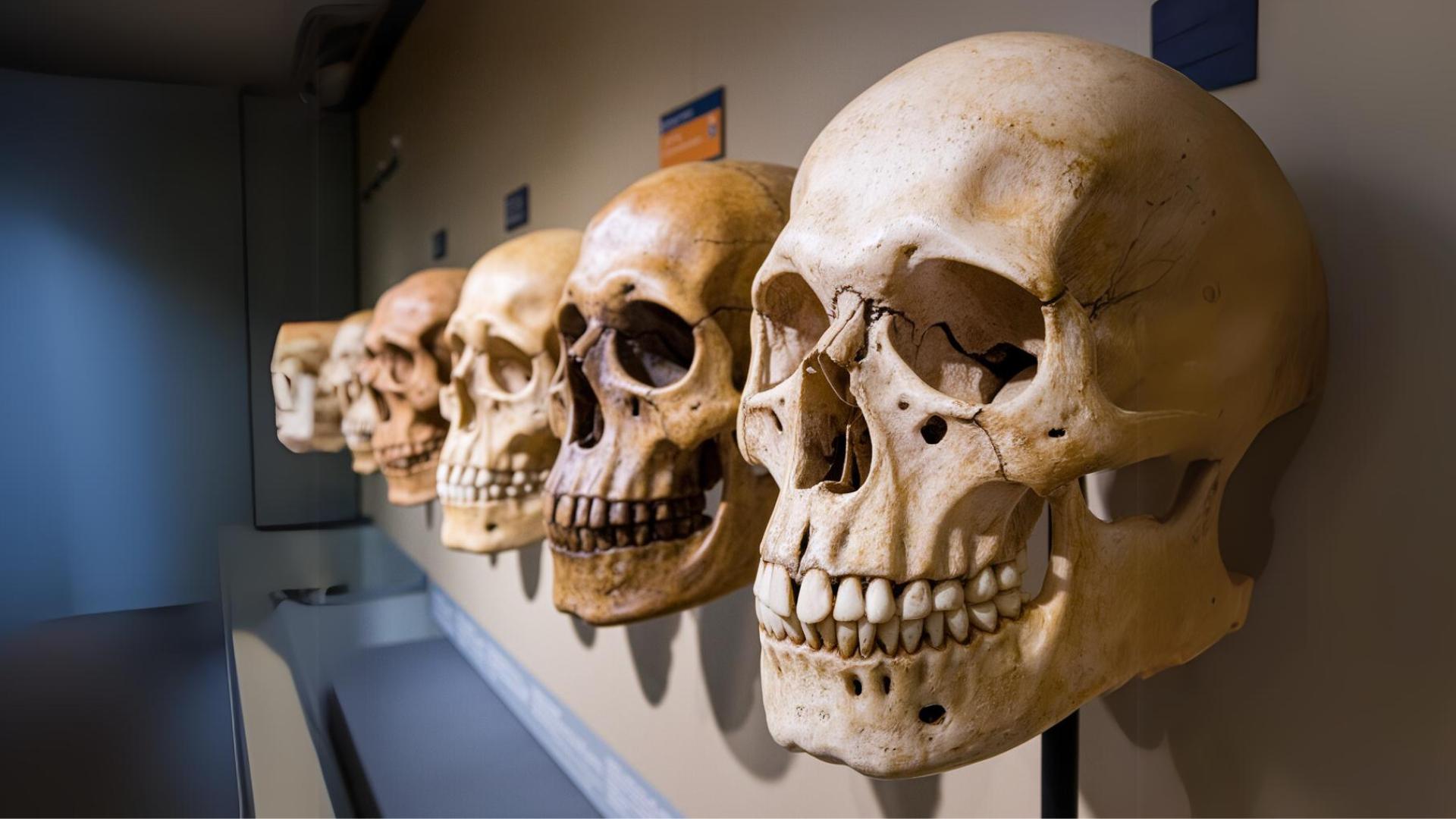
The skulls found at Windover belonged to a group of ancient people who lived around 7,000 to 8,000 years ago. These were likely members of a large family who lived as hunter-gatherers in the area.
They relied heavily on the natural resources around them, particularly fish and shellfish from nearby rivers and coasts. Despite the harsh conditions of their time, the Windover people were relatively tall, healthy, and had a sophisticated culture, as evidenced by the textiles and tools buried with them.
An Unlikely Cemetery
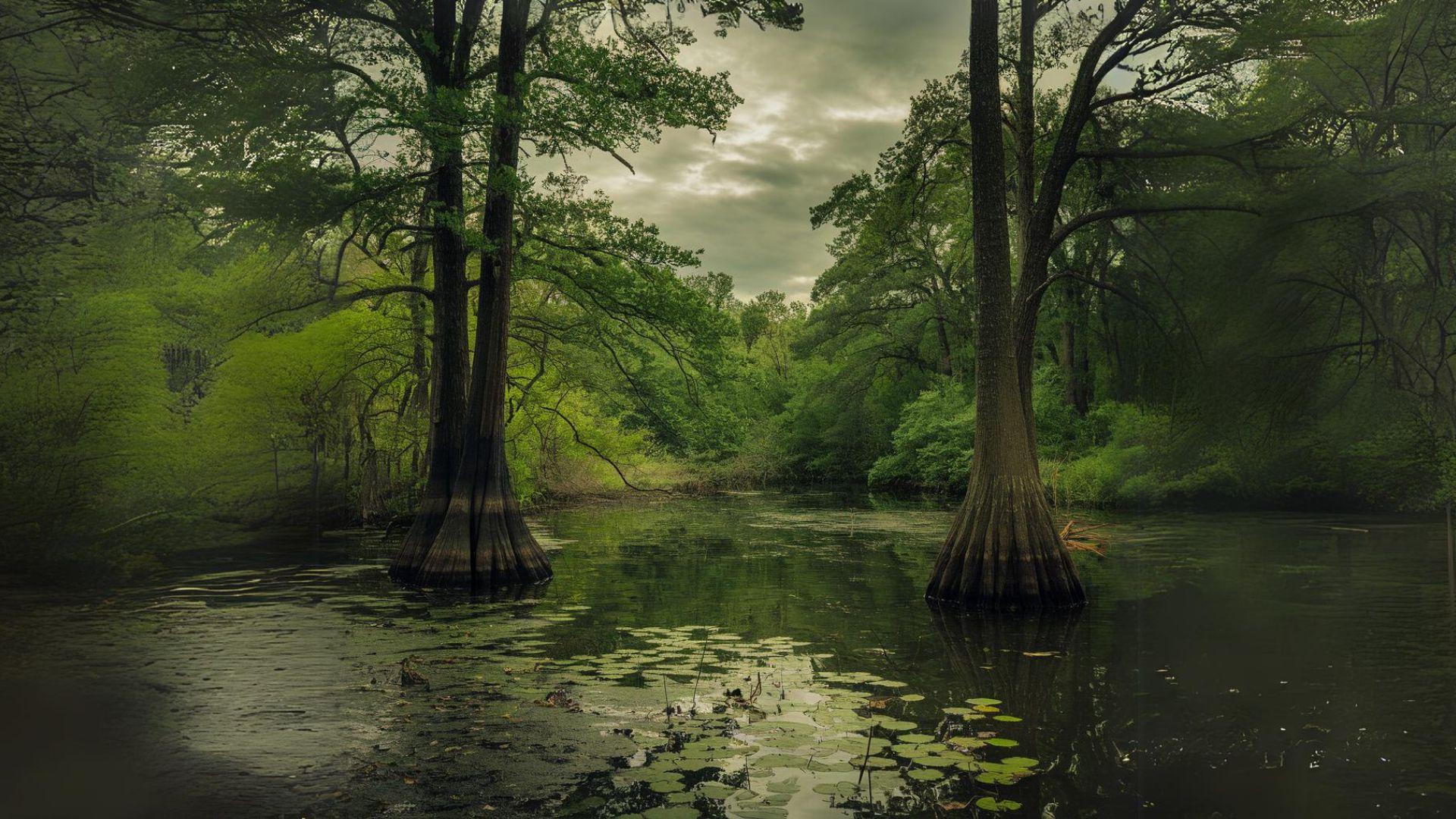
Would you ever guess that a swamp could be the perfect spot for preserving ancient bodies? We wouldn’t either! But at Windover, the bog’s low oxygen levels, acidic water, and abundant peat moss created an environment that was like nature’s own preservation chamber.
These conditions slowed down decomposition so much that not only the bones but even delicate tissues like brain matter and hair stayed intact for thousands of years. It’s like these bodies were carefully packaged and stored away by nature itself, just waiting to be discovered.
Packaged by nature itself : Plant Fibres
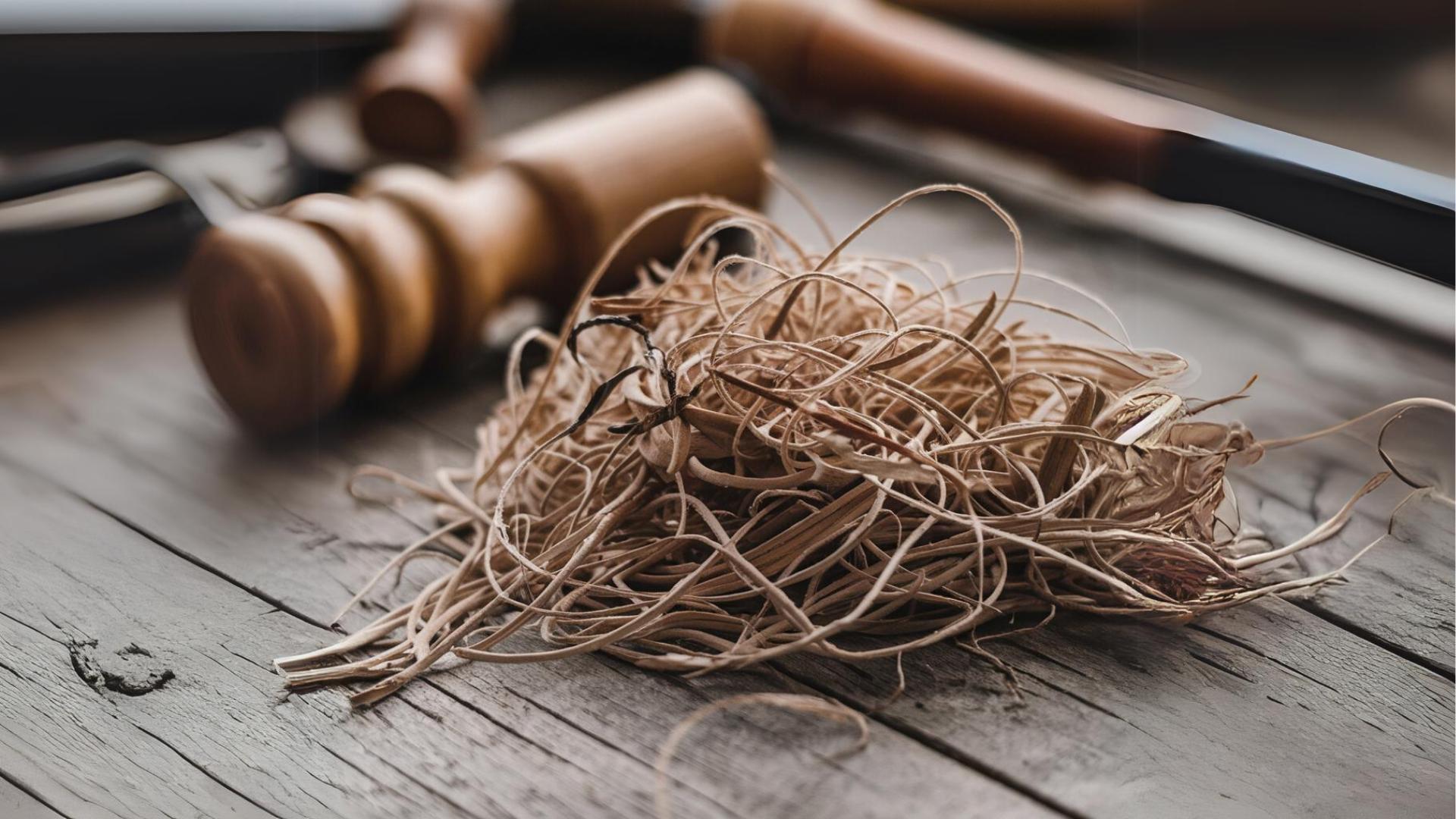
the ancient people took great care in how they buried their dead, almost like they were preparing them for a long journey. The bodies were carefully wrapped in textiles made from plant fibers, which is pretty remarkable considering the age of these fabrics.
These ancient people were skilled weavers, using fibers from native plants to create at least seven different types of woven materials. These fabrics were likely made using a primitive loom, showing a high level of craftsmanship.
A Spiritual Journey

It’s amazing to realize how much we can learn about these ancient people just from the way they treated their dead. The care they took in wrapping the bodies and burying them with personal items suggests they had a strong belief in an afterlife.
It’s clear that these people, even 7,000 years ago, lived with a sense of spirituality, believing that life continued in some form after death.
Medicine Woman or Berry Lover?

In the Windover bog, archaeologists discovered the remains of a woman with an unusual find in her stomach—around 3,000 elderberry seeds. This has sparked curiosity and debate: was she a healer who knew about the medicinal properties of elderberries, or just someone who really loved her berries?
Elderberries are known today for their antiviral properties, suggesting she might have been using them as a natural remedy. However, without more evidence, we can only speculate whether she was a medicine woman using these berries for healing or simply had a taste for them. Either way, this discovery offers a fascinating glimpse into the diet and possible medical knowledge of these ancient people.
Community Life
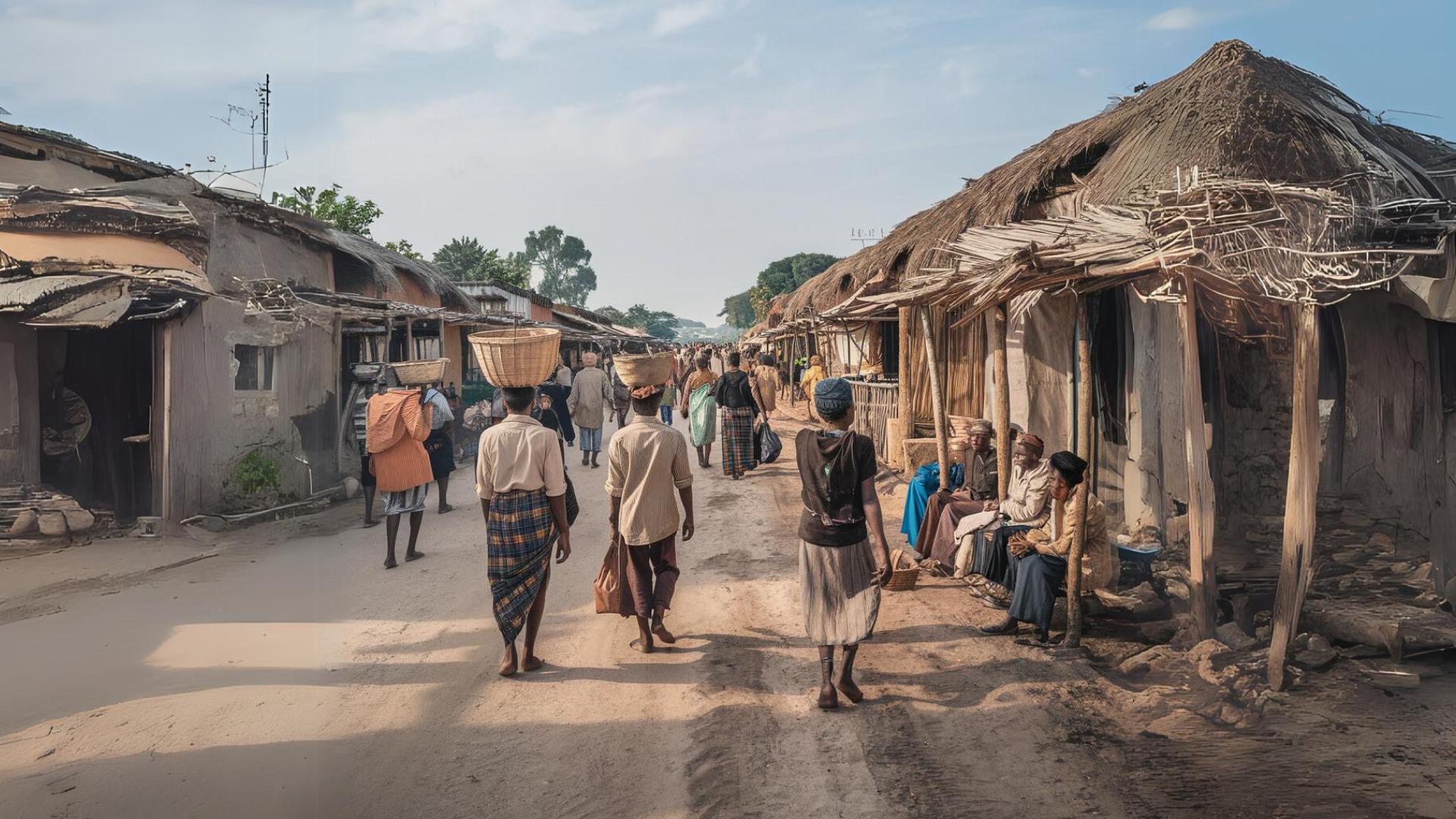
The discovery that the Windover remains likely belonged to a large, extended family group offers valuable insights into how people lived 7,000 years ago. It suggests that these ancient Floridians placed a strong emphasis on community bonds. Living in a semi-nomadic society, they likely relied heavily on each other for survival, sharing resources, knowledge, and responsibilities.
The presence of both young and old among the buried also indicates a society that cared for all its members, from the vulnerable to the elderly, rather than leaving anyone behind.
Handcrafting As a Sign Of Technology
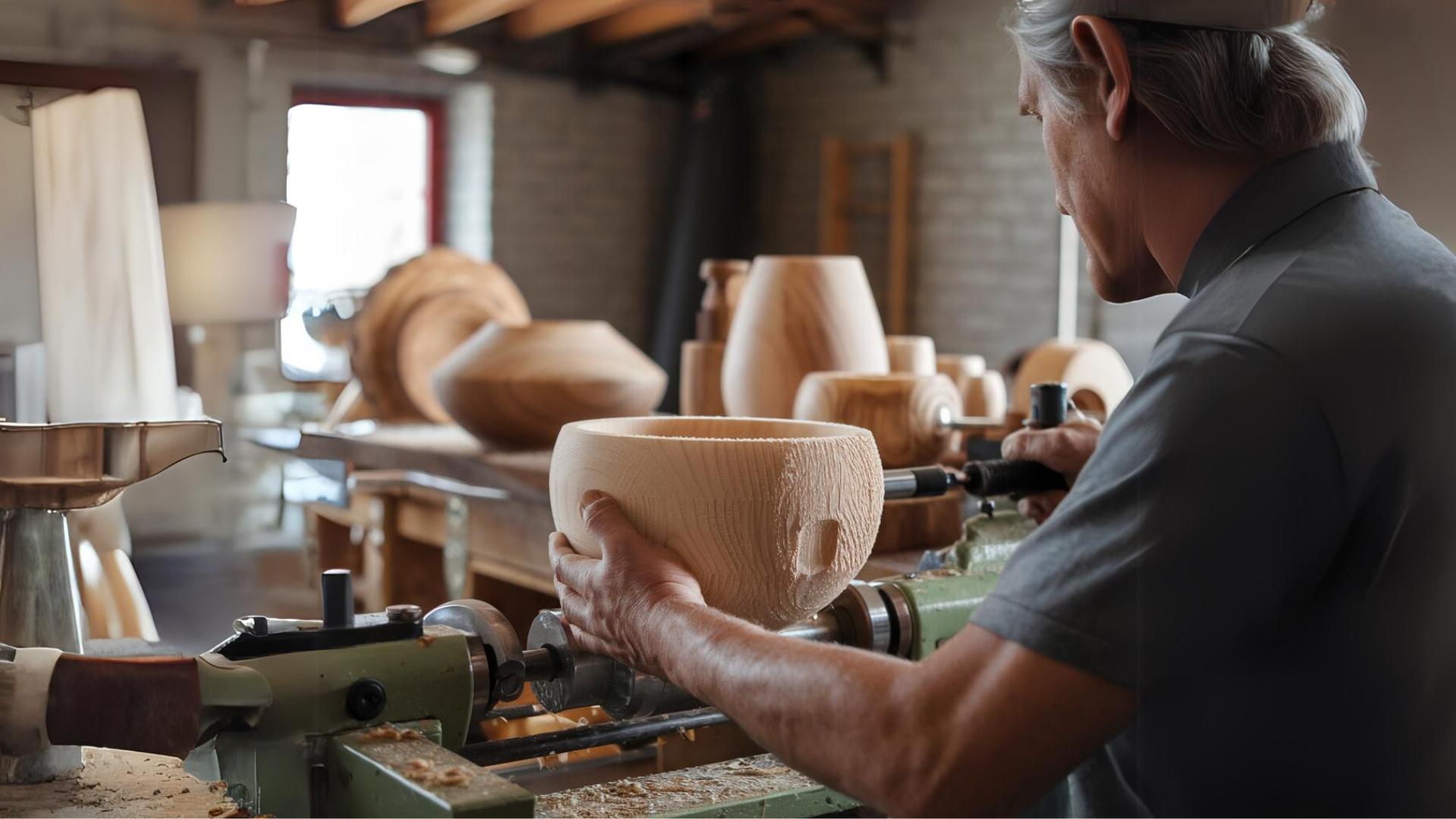
The textiles found with the bodies were carefully woven, suggesting they knew how to make complex fabrics, possibly with a basic loom. They also created tools like atlatls (spear-throwers) and finely crafted wooden items, showing they had the skills and knowledge to hunt and make things they needed.
These technological abilities tell us they were resourceful and used the tools and techniques available to them to make life better and easier.
Ancient Innovation and Culture

After this incredible discovery, we’ve gained valuable insights into the past, showing us how community life played a key role in driving technological advancements and fostering a rich cultural system.
The way these ancient people lived, worked together, and cared for each other offers lessons that can still inspire us today. What’s even more exciting is that this research is ongoing, with new findings continually adding depth to our understanding of these early societies and their lasting impact.

